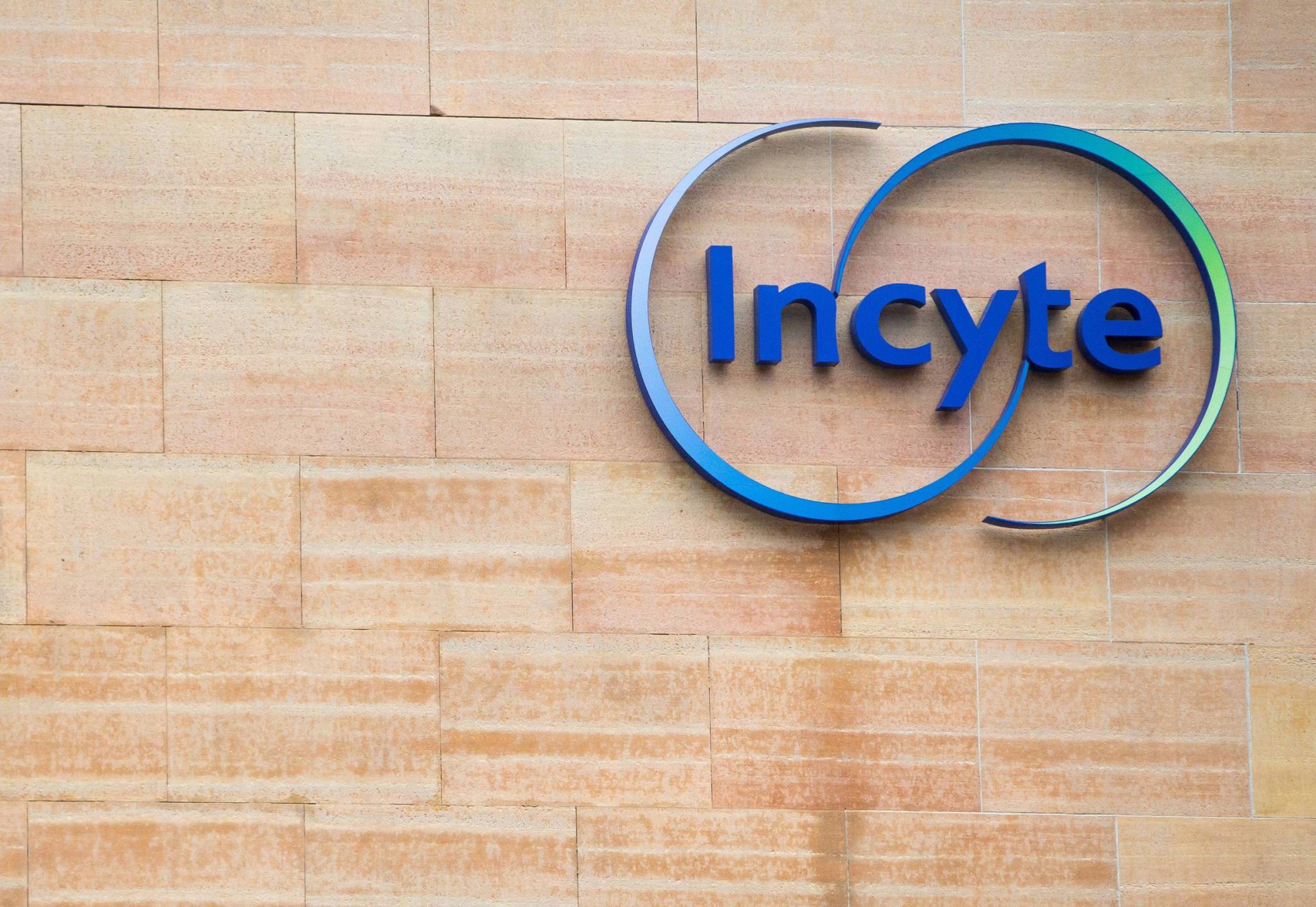by Stephen Dover, Chief Market Strategist and Head of Franklin Templeton Institute, Franklin Templeton
- Trump’s first 100 days were remarkable for their pace and impact. Now comes the hard part.
- The next 100 days will shift the focus to the challenges of passing legislation while simultaneously addressing deficit reduction.
- Congress must act, which requires building legislative coalitions. While this may appear less exciting than topics such as DOGE and tariffs, it could be of greater significance for investors.
April 29 marked the 100th day of Trump’s second term as president of the United States. While arbitrary, 100 days have become a benchmark for presidential performance.
It makes sense to take stock of Trump’s first 100 days in office. And while various conclusions can be drawn, none may matter more than this one: The next 100 days will look very different. Moreover, the implications for investors about what comes next could be profound.
The first 100 days
Despite enjoying majorities in both chambers of Congress, Trump’s first 100 days were marked by executive orders, not legislative accomplishment. Trump issued more executive orders in his first 100 days than any president in history.[1]
Two sets of executive orders unnerved investors 1) Department of Government Efficiency (DOGE) cuts and 2) tariffs.
DOGE cuts reduced federal employment and significantly downsized several agencies, like USAID and the Department of Education. The cuts were notable not for their economic impact, but for their unprecedented nature, which created uncertainty about potential ripple effects. These actions led to concerns about consumer spending and the possibility of a recession due to disruptions in transfer payments such as Social Security and Medicaid.
The tariff scare unleashed an even deeper pullback in the US and global equity markets. Amid increasing anxiety about US growth, equity prices began to slump in late February, accompanied by falling US Treasury yields, which reached five-month lows in early April. Then arrived a series of tariff announcements, culminating in those of “Liberation Day,” which promised to impose significantly higher reciprocal tariffs on virtually all US trading partners than observers had deemed likely. Various market indexes entered bear market territory (more than a 20% decline from their previous peak) by the second week of April.
Somewhat surprisingly, however, falling equity prices were accompanied by a sharp rise in US Treasury yields and a weaker US dollar, a rarely seen combination (typically, Treasuries and the dollar are considered “safe havens” during periods of uncertainty).
Market jitters only receded when most of the reciprocal tariffs (albeit not those imposed on China) were suspended for a 90-day review period on April 9. Many observers attributed that decision concerns that financial stress was appearing via dislocations in the US Treasury market.
Restoring order. More recently, Trump carved out some exceptions on tariffs, while he and key advisors (including Treasury Secretary Scott Bessent) have suggested further concessions might be negotiated with other countries. Those pronouncements have helped to restore more orderly and benign market conditions at the end of Trump’s first 100 days in office.
Why the next 100 days will be different. Investors may be relieved to hear that the next 100 days are unlikely to repeat the drama of the first 100 days. That conclusion rests on two observations.
First, a combination of forces has emerged that are tempering the White House’s appetite for bold, unprecedented and disruptive policy change.
- Concerns that disruptive tariff announcements threatened to put undue stress on US Treasuries and the plumbing of the financial system.
- US Treasuries are both the chief form of collateralized borrowing among financial institutions and the reference benchmark for pricing risk across all capital markets.
- There are signs that disruptive DOGE cuts and tariffs are eroding political support for Trump and the Republican Party.
- Political popularity (or its opposite) is emerging as a guardrail against excessive executive action, especially with the 2026 elections approaching.
Second, political expediency also requires that the narrative in Washington must change.
- Republicans recognize the political imperative to pass legislation extending provisions of the 2017 tax cuts that otherwise expire (and would therefore impose a significant and unpopular tax hike on many Americans next year).
- Republicans are also aware that they must pass legislation to fund the government’s operations.
- The requirements of ordinary governance are now likely to supersede the politics of executive orders, suggesting a very different environment for investors over the coming months.
Why it matters for investors
It might seem that the shift from chaotic executive orders to the mundane operations of legislative action alone would calm investor nerves. That is probably correct. However, the passage of legislation to extend or expand tax cuts and fund legislation will likely be a heavy lift for Congress. And it could take months of difficult negotiations among Republicans in the House of Representatives and the US Senate.
That means that if market conditions worsen due to economic weakness, in our view, timely legislative intervention is unlikely. Investors expecting solid market returns for the remainder of 2025 based on new tax and spending legislation from Congress may have to be patient to see those anticipated outcomes.
Part of the legislative challenge is the narrow Republican majorities in Congress, above all in the House of Representatives. While many Republicans favor tax cuts, some demand significant spending cuts to accompany them. These cuts can only be achieved through reforms to entitlement programs like Medicaid, which serves many Republican voters in rural communities.
Two things strike us as likely.
- Existing tax provisions of the 2017 code will be extended.
- The political will to pass large tax cuts, which must be financed by painful budget cuts, is probably impossible to achieve this year.
For investors, this matters. In our view, tax cuts are unlikely to help the economy or markets, and the Federal Reserve is likely to remain on hold until it feels comfortable that inflation will recede once tariff impacts filter through the data. If US growth and earnings expectations stumble, neither fiscal nor monetary policy appears in a position to offer quick relief.
In short, investors are probably relieved that uncertainties of Trump's first 100 days—DOGE cuts and tariffs—are receding. But in many respects, the hard work is just beginning, requiring significant effort and political skill to deliver the outcomes investors hope to see.
Copyright © Franklin Templeton
















